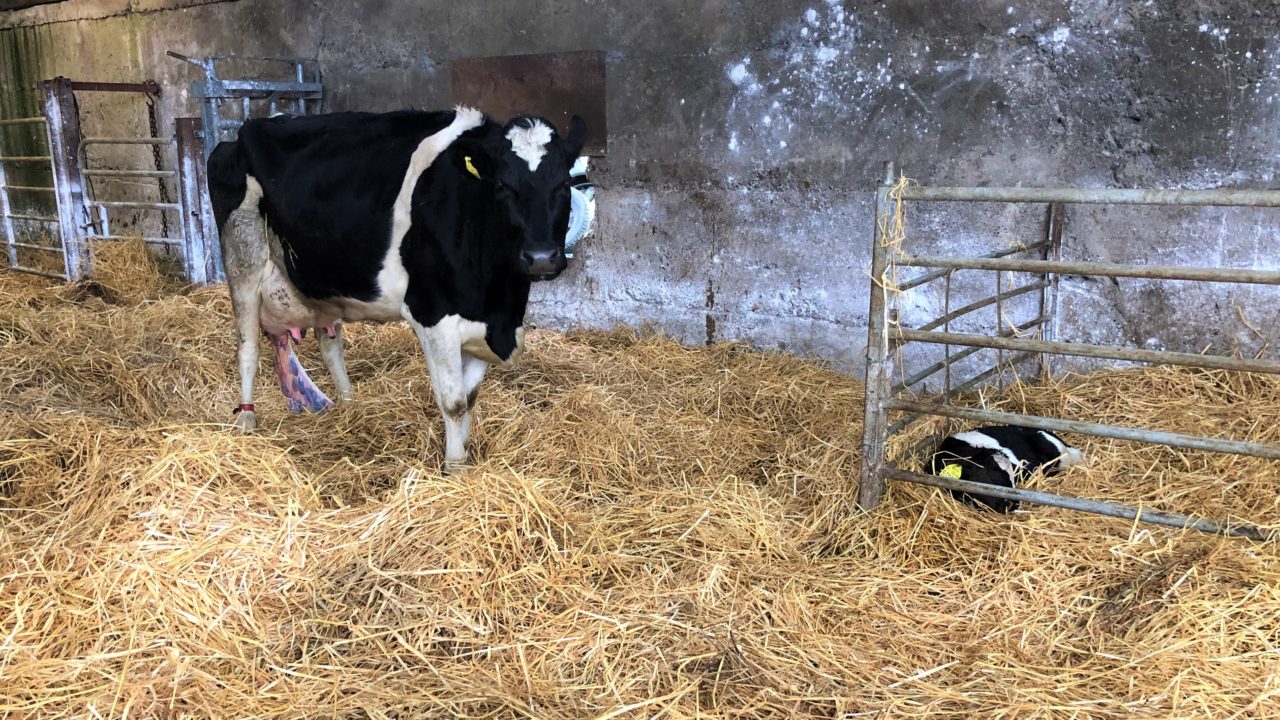The autumn-calving season will be getting underway on many dairy farms in the coming days and weeks.
With the calving season just around the corner it is important to get ready for the arrival of calves.
By this stage, your calf and calving sheds should be cleaned out, power-washed and disinfected. All of your calving equipment should also be cleaned and disinfected; it is also important to ensure they are working properly.
You do not want to discover that your calving gate or jack is not working when you need it most.
Hygiene
On farms where both a spring and autumn-calving system are operated, disease within the calf shed can be an issue.
This is often due to the lack of time between batches of calves and failure to properly clean and disinfect sheds.
All spring-born calves are now old enough to be outside and cleaning the shed, if not completed already, should be a priority.
If there was an issue with a particular disease outbreak, such as cryptosporidiosis (crypto), a disinfectant known to work against the bacteria should be used.
SOPs
Ahead of the start of calving, now is a good time to develop some standard operating procedures (SOP), particularly if there are a number of people working on your farm.
These SOPs can include how calves are fed colostrum, tagged, and how cows are managed post-calving. This is important to ensure that no calves are missed and are offered the same start to life.
It also ensures that everything is done correctly, so if you are not around, whoever is there, knows how to manage the situation.
Autumn-calving
Now may also be a good time to get sheds ready with straw; getting straw into these sheds now will ensure you are not caught off guard.
You should have at least one calving pen ready to encase a cow or heifer.
You should also have all the equipment you need for calving season:
- Disposable plastic gloves (long and short);
- Gel and paper towels;
- Calving ropes (minimum of two pairs);
- Calving jack;
- Oxytocin, calcium bottles or boluses and magnesium;
- Disinfectant for navel;
- Easily accessible clean water;
- Colostrum (fresh or frozen supply from a reliable source);
- Brix refractometer to test colostrum;
- 3L bottle with a teat (have a minimum of two. A separate one for electrolytes or feeding sick calves);
- Stomach tube (without cracks);
- Calf tags, notebook or phone-app setup to record the calving information;
- Infrared lamp for sick calves;
- Footbaths with disinfectant (do not forget to change regularly).

